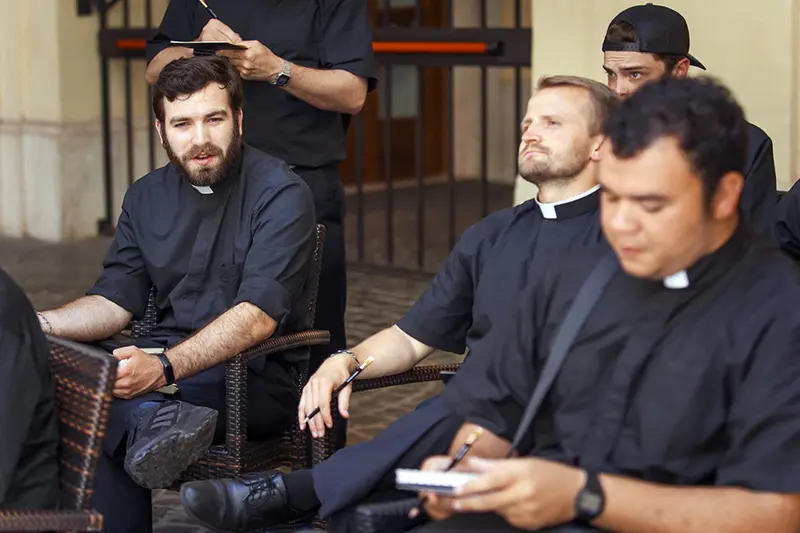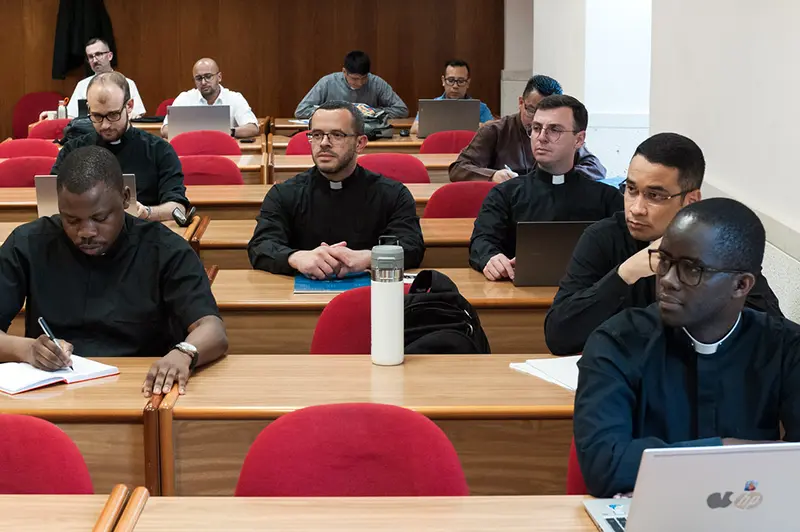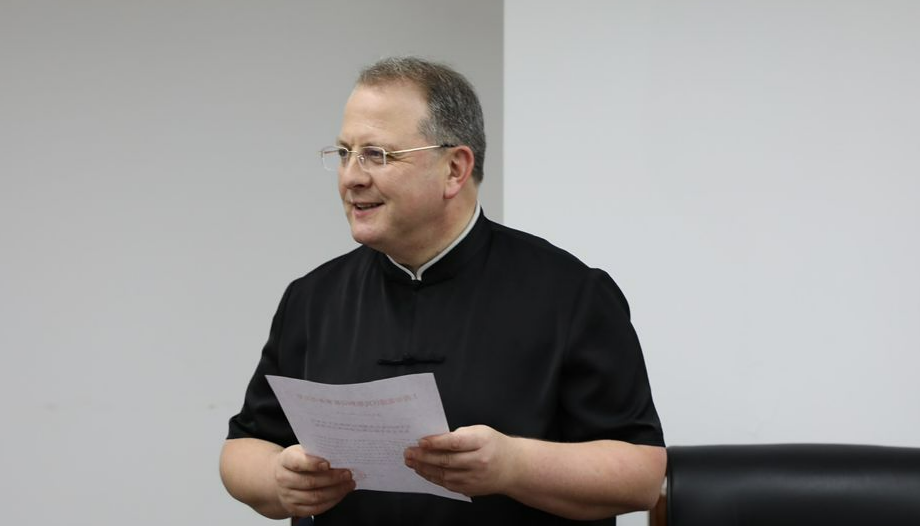
Priestly celibacy has been, since the first centuries of Christianity, a reality deeply linked to the ordained ministry in the Latin Catholic Church. Although it is not a dogma of faith, celibacy has been assumed as a gift that strongly expresses the spiritual meaning of priesthood. But where does this practice come from, why is it maintained today, what challenges does it face?
The practice of celibacy did not begin with the Church, but was assumed by her from very early on. Jesus himself lived celibate, and in his teaching appears the option for celibacy "for the sake of the Kingdom of heaven" (cf. Mt 19:12). St. Paul also refers to this ideal in his first letter to the Corinthians: "He who is unmarried is concerned about the things of the Lord, how to please the Lord" (1 Cor 7:32).
In the first centuries of Christianity, both married and celibate clerics lived together in ecclesial life. However, as early as the fourth century, the Councils of Elvira (c. 305) and Carthage (390) recommended perpetual continence for married clerics, that is, living as brothers once they had received holy orders. Over time, the discipline of obligatory celibacy was consolidated in the West, especially since the Second Lateran Council (1139), which established that only celibate men could be ordained.
In the Eastern Catholic Church, on the other hand, the possibility of ordaining married men has been maintained, although bishops are elected exclusively from among celibates.
Celibacy is not simply a renunciation, but a positive choice for a greater love. As he wrote St. John Paul IICelibacy for the sake of the Kingdom is not an escape from marriage, but a particular form of participation in the mystery of Christ and of his spousal love for the Church" (John Paul II, Pastores dabo vobis, n. 29).
The priest, configured to Christ, Head and Spouse of the Church, is called to love with an undivided heart, giving himself totally to God and to the service of the people. Celibacy permits this radical self-giving, free from family ties, to be available to all.
Moreover, celibacy is an eschatological sign: it anticipates the future state of the redeemed in the Kingdom of heaven, where "they neither marry nor are given in marriage" (cf. Mt 22:30).

In the contemporary world, celibacy is often misunderstood. In a hyper-sexualized culture focused on self-fulfillment, celibacy can seem like a burden or an unwarranted deprivation. In addition, the lack of positive testimonies and the scandals of some members of the clergy have caused some people to question its viability and desirability.
Even within the Church there are voices that propose its revision, especially in contexts where vocations are scarce. However, recent Popes have strongly reaffirmed its value. Benedict XVI affirmed: "Priestly celibacy, lived with maturity, joy and dedication, is a blessing for the Church and for society itself" (Light of the world, 2010).
And Pope Francis, although he opened a dialogue about the viri probati (married men of proven faith in remote areas), stressed that celibacy is "a gift" that should not be suppressed.

Beyond the debate, priestly celibacy remains a prophetic sign, a witness that it is possible to live a full life, totally dedicated to God and to others. It is not an imposition, but a free choice that responds to a concrete vocation, accompanied by grace, formation and community.
In the CARF Foundation, we support seminarians and diocesan priests in their vocational journey, aware that celibacy is not lived in solitude, but with the help of God, of other brother priests and lay people, and of the whole Church that accompanies them. We pray for them and support them so that they may be faithful witnesses of Christ's love.
CARF Foundation.